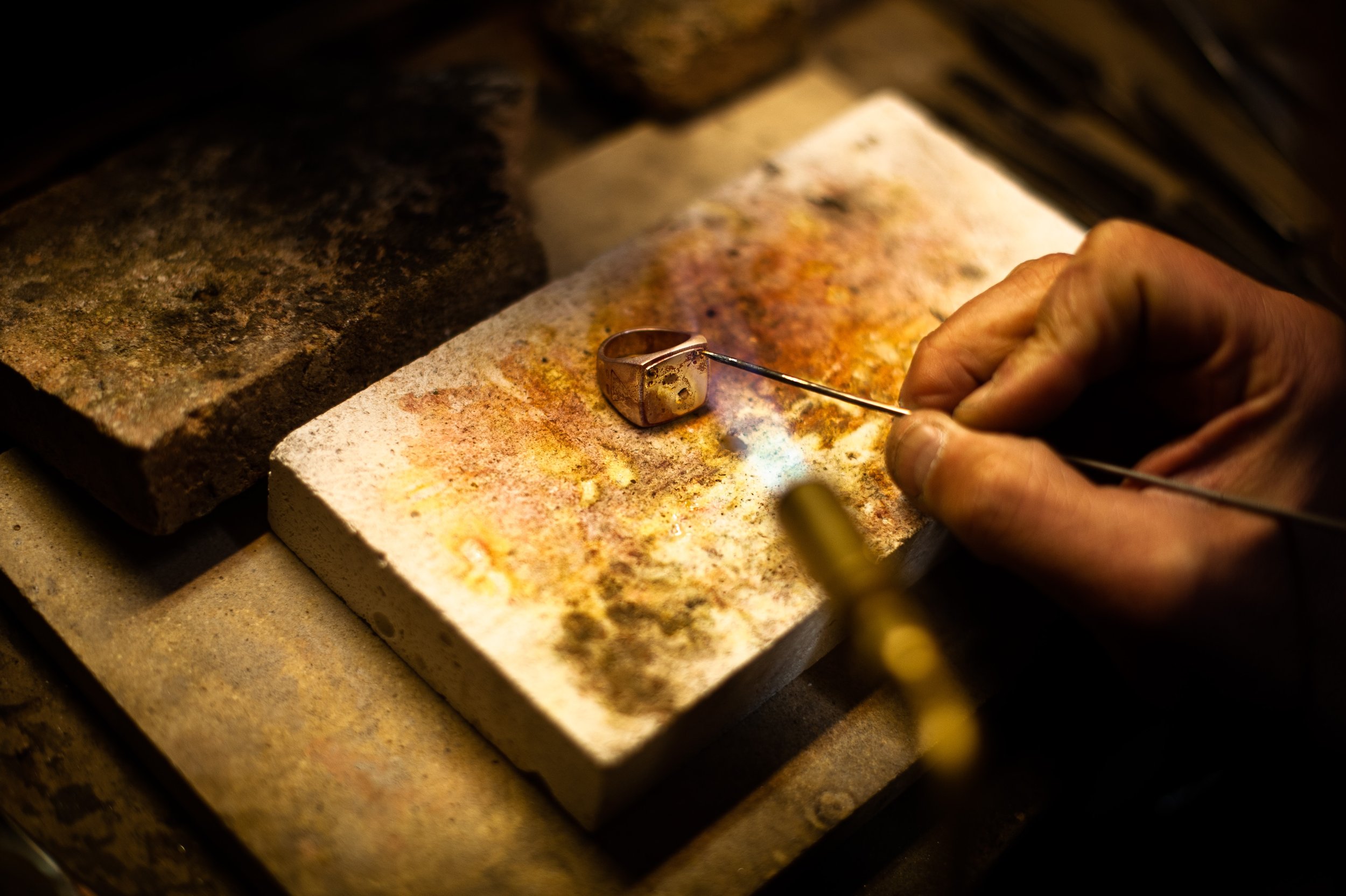How should I care for the jewellery?
♥Jewellery maintenance
Silver or Gold-plated/filled jewellery will remain bright and shiny for a longer period if you know how to clean and protect it from scratches or fading. Here are some tips:
- Remove your jewellery before you swim in chlorine or salt water.
- Do not spray on perfume or other sprays while wearing your silver or gold plated/filled jewellery.
- Remove your jewellery before participating in activities that will cause you to sweat a lot.
- Wait until your lotion or cream is dry or has been absorbed by your skin before you wear your gold-plated ring, bracelet or necklace.
- Wipe your jewellery after each use, using a soft cloth to remove any dirt.
- Store your jewellery where it won’t rub against other hard substances.
What’s the difference between gold plated and gold filled?
Gold plated and gold filled are two popular methods used to add a layer of gold onto jewellery or other items. However, there are significant differences between the two. Gold plated material is made by electroplating a thin layer of gold onto a base metal, such as brass or silver. The gold layer is relatively thin and can wear off over time, revealing the base metal underneath. On the other hand, Gold filled material is made by bonding a thicker layer of gold to a base metal using heat and pressure. This layer is much more durable and long-lasting, making gold filled jewellery a higher quality and more valuable option.
Freshwater Pearls
Freshwater pearls are made by putting a small irritant into a freshwater mussel. The mussel covers the irritant with layers of a shiny substance called nacre. This process can take a few months to a few years. When the pearl is big enough, it is taken out of the mussel and cleaned. The pearls are sorted based on their size, shape, and quality. Making freshwater pearls is a mix of nature and skill, and the result is beautiful pearls in many colours, textures, and shine.
Freshwater pearls are a sustainable alternative to traditional saltwater pearls. Unlike saltwater farming, which harms pearl oysters, freshwater pearl cultivation is eco-friendly. It takes advantage of the natural pearl-producing ability of freshwater mussels to avoid damaging marine ecosystems. Freshwater pearl farming is typically done in lakes or rivers, reducing the demand for saltwater resources. Additionally, sustainable practices like using recycled or renewable energy sources minimize the carbon footprint of freshwater pearl production. In summary, the production of freshwater pearls demonstrates a responsible approach that values preserving natural resources and ecosystems.
Sterling Silver
A remarkable metal renowned for its lustrous appearance, versatile properties, and rich historical significance.
One of the key attributes that make sterling silver highly valued is its radiant sheen. Composed of 92.5% pure silver and 7.5% of other metals, typically copper, sterling silver strikes a perfect balance between beauty and durability. This alloy blend enhances the metal's strength, making it less prone to damage, wear, and scratches compared to pure silver.
Moreover, sterling silver possesses excellent workability, enabling skilled artisans to transform it into intricate designs and enchanting pieces of art. Its malleable nature allows craftspeople to shape and mould it into various forms, making sterling silver highly sought after in jewellery making.


